Handcrafted glass know-how to the UNESCO’s list of Intangible Cultural Heritage of Humanity
The Intergovernmental Committee for the Safeguarding of Intangible Cultural Heritage has inscribed the knowledge, craft and skills of handmade glass production on the UNESCO’s Representative List of Intangible Cultural Heritage of Humanity. The application of Finland and five other countries has been approved in Botswana on 6.12.2023. The Finnish Glass Museum, in partnership with the Finnish Heritage Agency, managed the application process. 17 actors of the Finnish glass industry supported the nomination.
The thousands of years old know-how related to glass is yet very much alive. Processing glass requires strong handcrafting skills, with education being key to maintaining this expertise. Every glass blower possesses a distinctive technique and style, making each handcrafted glass piece one-of-a-kind. In addition to processing glass, the glass items created also represent tangible heritage and design. Finnish glass design is already well known, and the recognition by UNESCO supports the appreciation of both the bearers of this tradition and the Finnish glass in the world.
Explore the history of glass design in Finland in the Finnish Glass Museum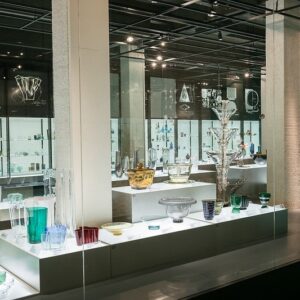
The Finnish Glass Museum is a museum with national responsibility focusing on glass design and its extensive history. Museum has operated since 1981 in a Tapio Wirkkala-designed renovated glassworks in Riihimäki. The museum traces the evolution of glass over 4,000 years and the 300-year progression of Finland’s glass industry. Its rich collections primarily feature Finnish household, design, and art glass from the 18th to the 21st centuries.
The ground floor exhibitions offer insights into the early history of glass, including fundamental glassmaking techniques like glassblowing, mechanical production, and various decorating methods. The upper floor is dedicated to the Finnish glass industry’s history, showcasing items like bottles, polished crystal, and pressed glass, and divided into sections covering serial manufacture, art glass, and glass art.
In the museum’s old glassblowing areas, visitors can explore temporary exhibitions that highlight the ongoing evolution and influence of Finnish glass design.
See glass blowing live in Iittala Village
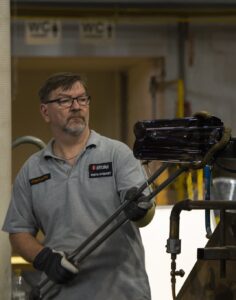 Iittala Village, the heart of Finland’s glassmaking, offers a captivating experience that combines the glass blowing heritage with the charm of the local area. Founded in 1881, the Iittala Glass Factory is famed for creating iconic pieces like Alvar Aalto’s Aalto vase and Oiva Toikka birds. Visitors can enter the balcony of the factory and see the glass blowers work or join a guided tour.
Iittala Village, the heart of Finland’s glassmaking, offers a captivating experience that combines the glass blowing heritage with the charm of the local area. Founded in 1881, the Iittala Glass Factory is famed for creating iconic pieces like Alvar Aalto’s Aalto vase and Oiva Toikka birds. Visitors can enter the balcony of the factory and see the glass blowers work or join a guided tour.
The nearby Design Museum Iittala showcases a vast collection of historic and contemporary glass art. Beyond glassmaking, the village is a treasure trove of art, artisanal crafts, and culinary delights. Visitors can also shop glass items in Iittal Outlet. Iittala Village is easily accessible by car, bus, or train. Arriving by train, the journey starts at the Iittala Naive Art Railway Station, setting the stage for an unforgettable visit in this vibrant hub of Finnish culture.
Join the guided tours in the Finnish Glass Museum and Iittala

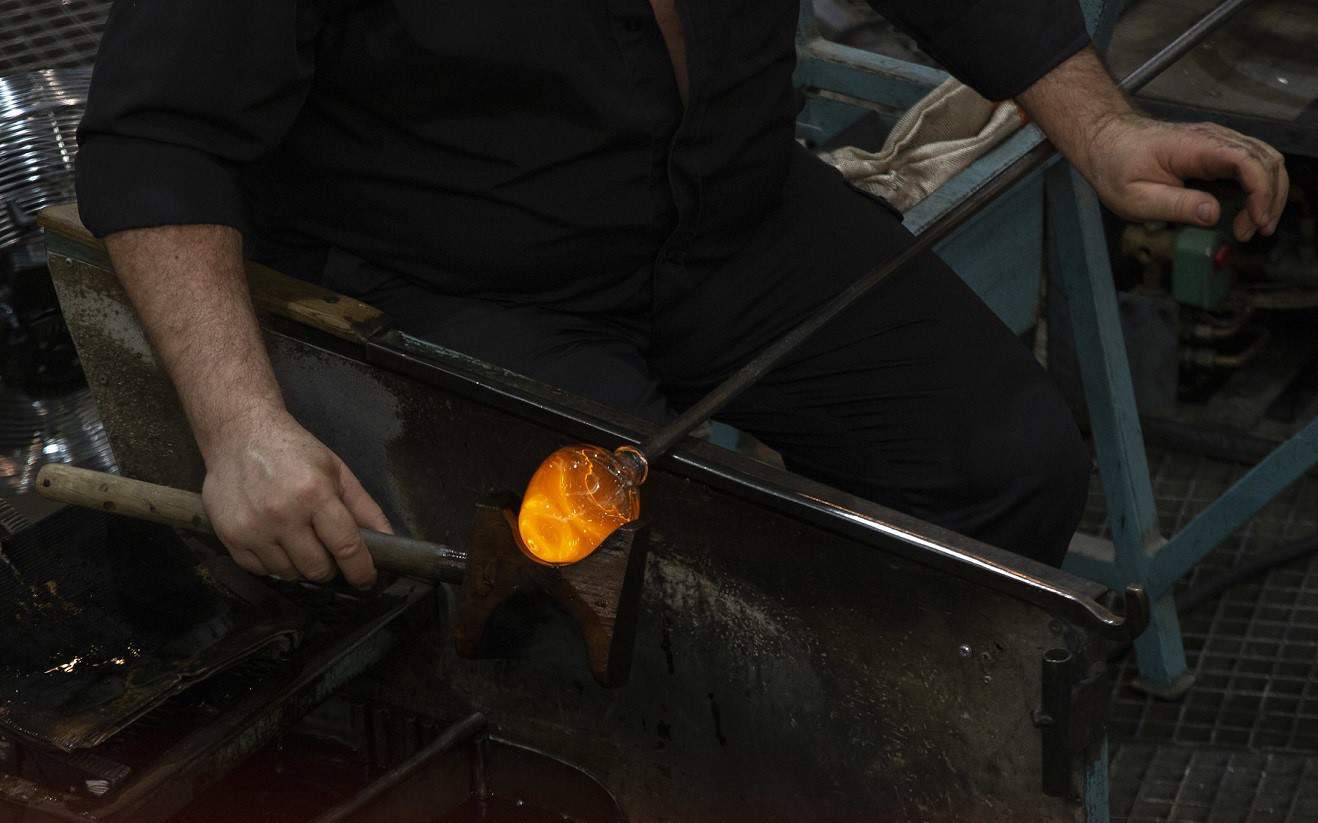

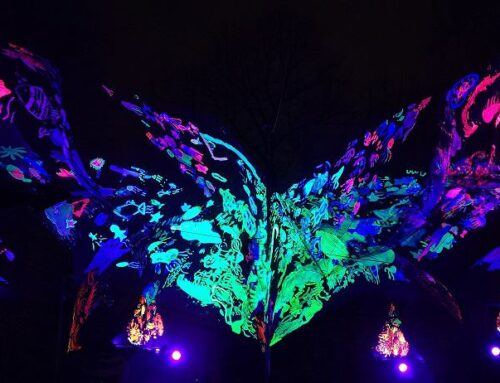
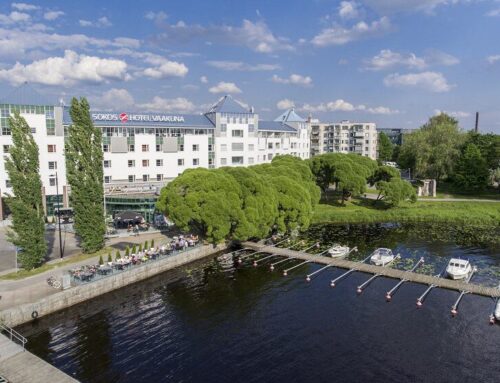


Leave A Comment
You must be logged in to post a comment.